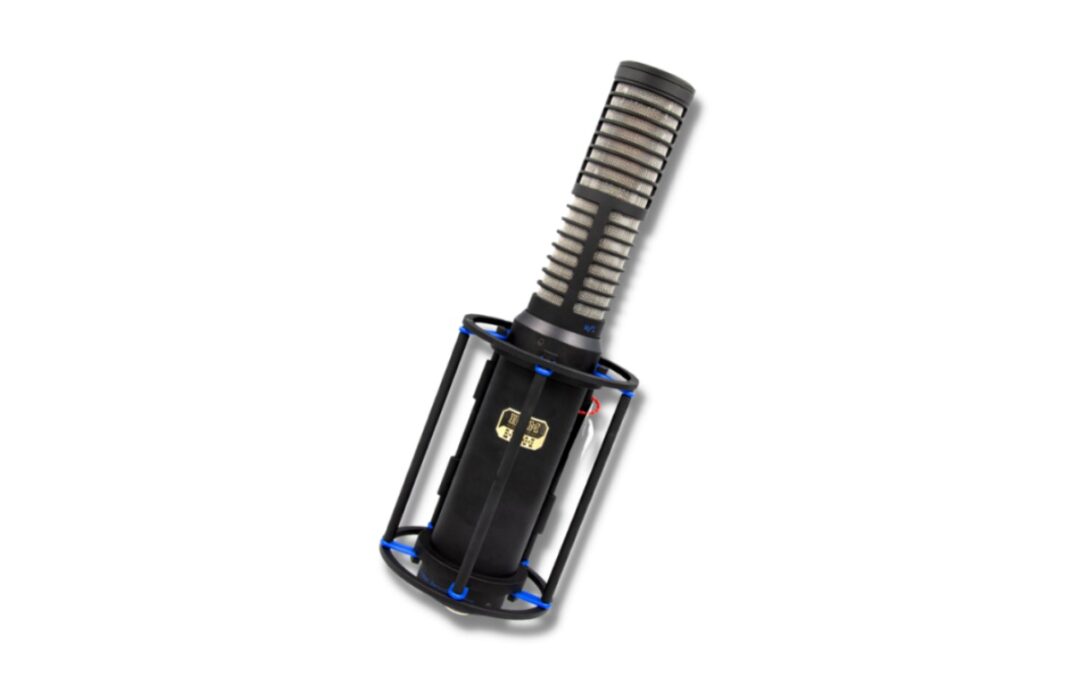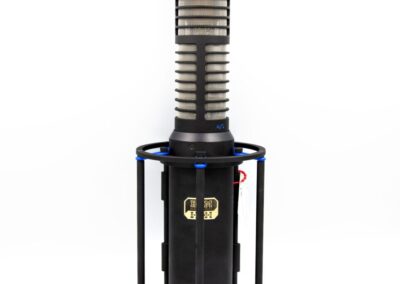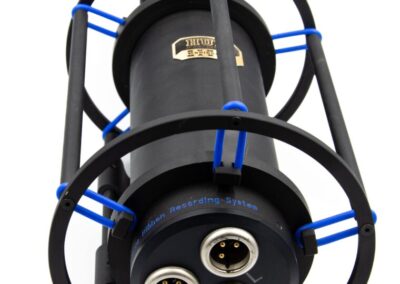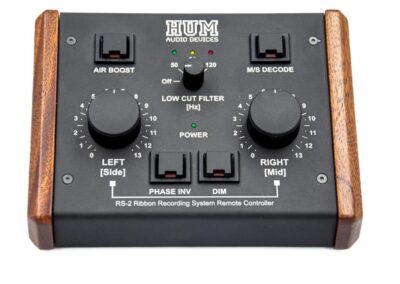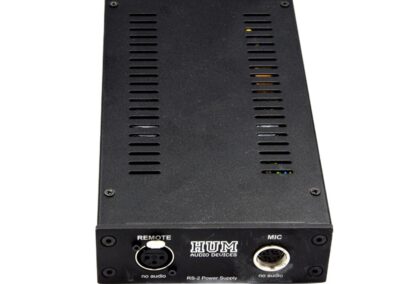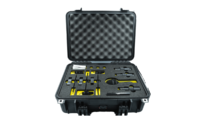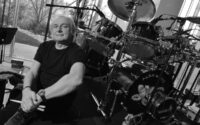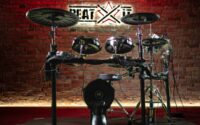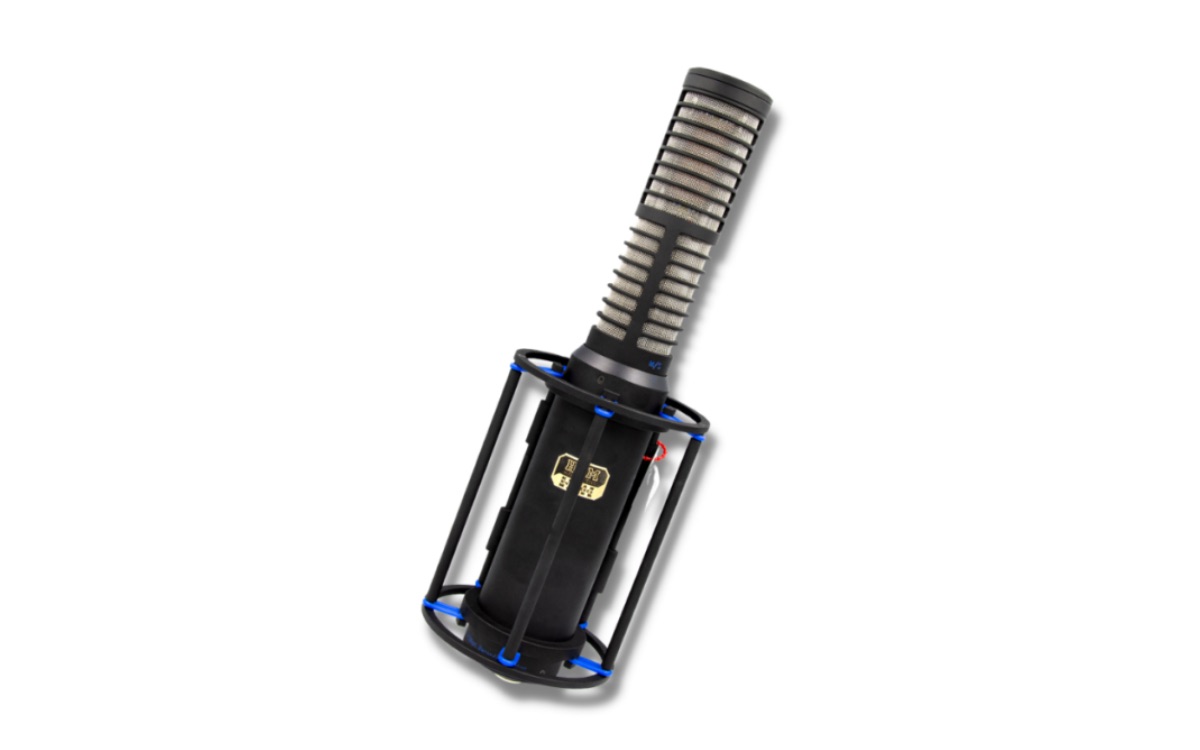
This microphone is not new to the market. On the contrary – we have come across it during many productions in various recording studios and we were always impressed by the quality and functionality of this “monster”. When we were about to open our new audio-video studio, we swore that the first piece of equipment to be tested would be this microphone. The space to capture the ambience in our studio is a 40 m2 live room with a sloping roof at a height of 6 m. It is the perfect acoustic space for drums and recording them like we have done in our test. The microphone, of course, has many other uses. We have also recorded acoustic guitar samples on it. Virtually anything can be recorded in the studio with this piece of gear.
It’s great for both close and distant miking as well as in stereo, mono and mid-side options. Yes, we know … The price may be shocking, but remember that at this price range you get a top-class microphone with universal applications, plus a preamp and a remote control for the most important functions. This set will eventually make you get rid of many other microphones from your arsenal, which will simply become useless when the “king graces the room with his presence”.

Let us get to it, shall we?
Because we are drummers, we know very well what impact distant mic takes recorded with stereo microphones, two mono microphones or with the option of mid-side can have on the quality of a recording. Very often, the microphone cannot balance the sounds within the kit or capture the details of a drummer’s playing. Very often there is an “overflow” of the treble, which results in an excessive amount of high frequencies and the blurring of details within these bands. The sound of the room has a huge impact on the final mix of drums and the entire recording. Imagine what John Bonham’s parts would sound like without distant microphones.
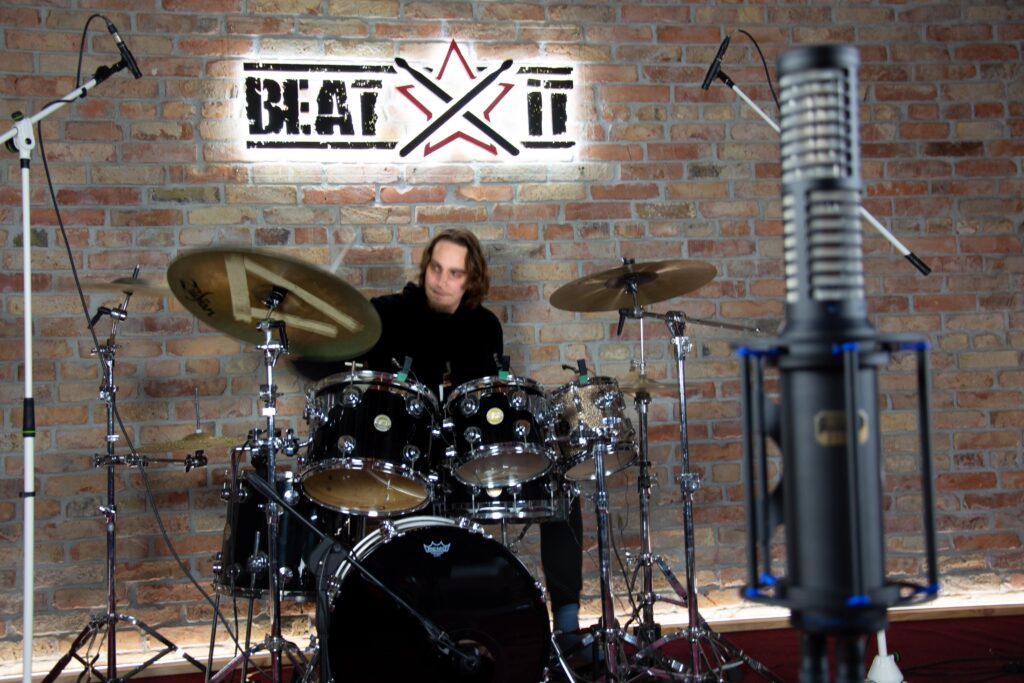
The RS-2 is a microphone made in Łódź, Poland, by a company called Hum Audio Devices. It is a stereo ribbon mic, which also works in the Mid-Side and mono modes. It has a built-in preamp and a remote control for all the key functions.
After taking the microphone out of the professional transport and storage case in which was packed, the attention is drawn to the body of the device, which is CNC machined with an accuracy of one micron. In addition, the equipment includes: all necessary cables, a holder for the microphone, a tasteful sheath to isolate the microphone tube during a break in operation so that there is no unnecessary dust on the ribbons, a controller and a power adapter.
The microphone weighs more than 2 kg so it is best off when mounted on a professional studio stand, preferably one equipped with a counterweight and mount protection.
The remote control allows for adjusting the following:
- Microphone sensitivity – we set it at a moderate level of 7. You can also switch to the passive option and use a studio preamp
- Air Boost function – a delicate passive Pultec style HF boost. It sounds great on many sources, such as vocals or cymbals. Adds a subtle glow and extra air when needed. You will hear these subtle changes in our test
- 50/80/120 Hz filter – we show the subtle changes in the test
- Phase invert mode – a useful function when you want to record several takes of the same instrument. In our test, we used this function, but there was no need to phase invert the the signal
- Mid-Side function – in our test you will hear to what extent we can expand the stereo image of a drum recording.
In the test, we didn’t use any additional sound shaping options other than volume and pan balance. We did not use gates, compressors, equalizers or limiters in this recording. So you get a credible source to listen to how this microphone can “do well” for your drum recordings, just think what happens when you use additional sound processors.
And now, about the price. It is discouraging at the first glance. Perhaps even off-putting. Over PLN 30,000 for one microphone? But let’s look at it from a different angle. We have to pay that kind of money for several top-class devices, and if we added them up, they would certainly be much more expensive separately. Anyway, do the math yourselves.
Zapraszamy do odsłuchania i obejrzenia naszego testu poniżej, a teraz czas na podsumowanie i ocenę.
We invite you to listen to and watch our test below, and now it’s time to summarise and evaluate.
Here’s the score achieved by the HUM RS-2 microphone:
 Appearance: 10
Appearance: 10
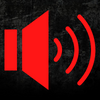 Sound: 10
Sound: 10
 Innovation: 10
Innovation: 10
 Price: 10
Price: 10
 Quality: 10
Quality: 10
TOTAL SCORE: 50
 Disadvantages – None
Disadvantages – None
 Advantages – on of the most universal ribbon microphones, excellent build quality, additional functionalities, high-class preamps built in!
Advantages – on of the most universal ribbon microphones, excellent build quality, additional functionalities, high-class preamps built in!
The total score is: 5 top



